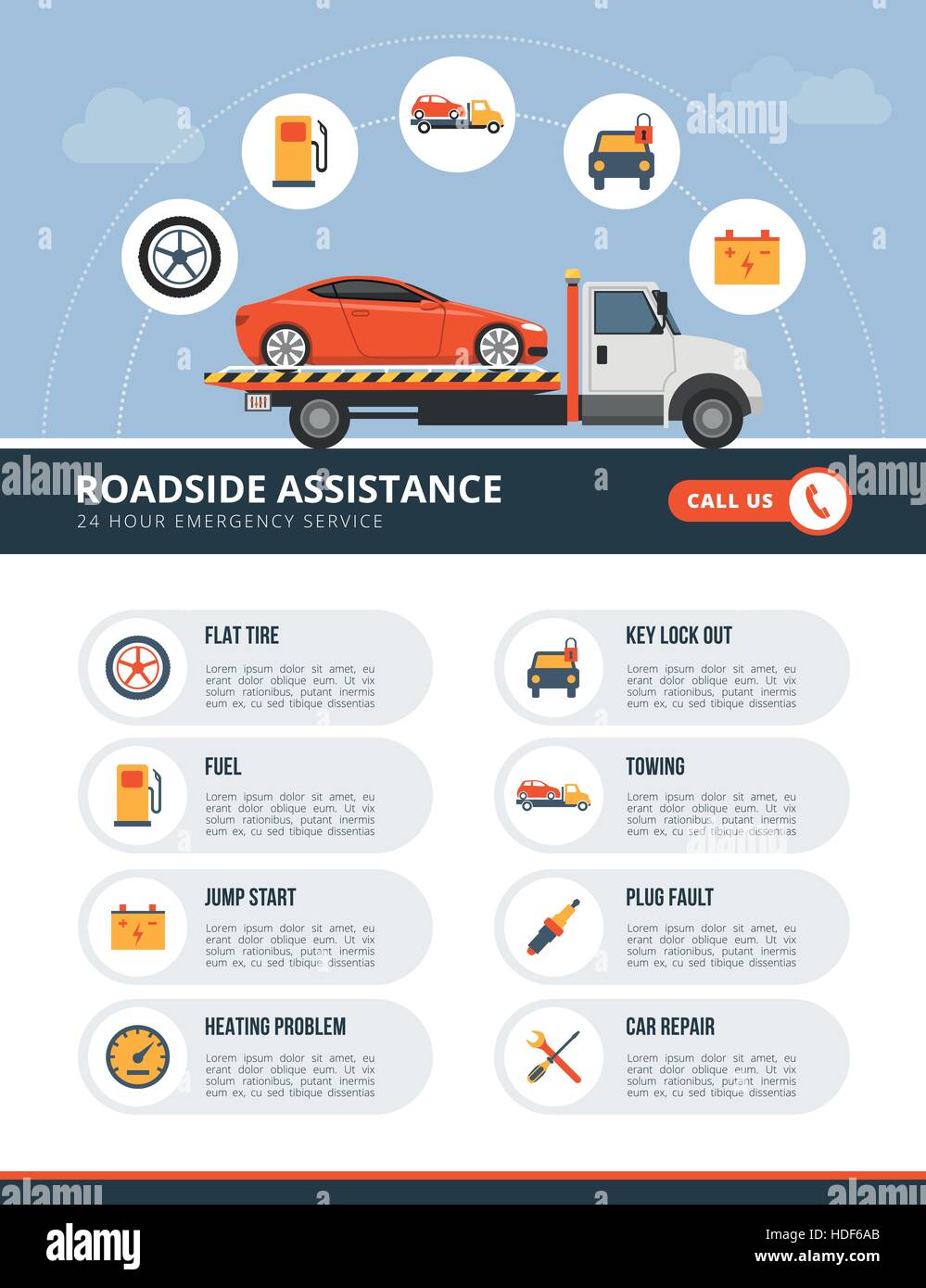Grasping The Significance Of Your Vehicle'S Warning Signals: What They Really Stand For
Grasping The Significance Of Your Vehicle'S Warning Signals: What They Really Stand For
Blog Article
Post By-Sykes Stark
When you lag the wheel, those glowing caution lights on your control panel can be a little bit perplexing. Do car wash detail understand what they're attempting to inform you about your automobile's wellness? Understanding the importance of these lights is vital for your safety and security and the durability of your car. So, the following time one of those lights turns up, would not you wish to understand its message precisely and take the essential steps to resolve it?
Common Warning Lights and Interpretations
Identify common warning lights in your auto and understand their definitions to ensure safe driving.
The most typical warning lights consist of the check engine light, which signals issues with the engine or emissions system. If this light begins, it's essential to have your lorry inspected promptly.
The oil pressure warning light indicates low oil pressure, requiring prompt interest to prevent engine damages.
A flashing battery light might recommend a damaged billing system, potentially leaving you stranded otherwise resolved.
The tire stress monitoring system (TPMS) light notifies you to low tire pressure, affecting vehicle stability and gas effectiveness. Ignoring this could lead to hazardous driving problems.
The abdominal muscle light suggests a problem with the anti-lock braking system, compromising your capacity to stop quickly in emergencies.
Lastly, the coolant temperature warning light warns of engine getting too hot, which can cause extreme damage if not settled promptly.
Understanding these common caution lights will assist you address problems without delay and maintain secure driving conditions.
Importance of Prompt Focus
Recognizing the common caution lights in your cars and truck is just the first step; the relevance of without delay dealing with these cautions can not be highlighted sufficient to guarantee your safety and security on the road.
When a warning light brightens on your control panel, it's your car's method of connecting a potential problem that requires interest. Overlooking these cautions can cause more serious problems later on, jeopardizing your safety and security and possibly costing you more in repairs.
Motivate interest to cautioning lights can prevent failures and accidents. For example, a flashing check engine light could show a misfire that, if left unattended, could create damage to the catalytic converter. Addressing this without delay can save you from an expensive repair.
Likewise, a brake system alerting light may signify low brake liquid or worn brake pads, critical elements for your safety and security when driving.
Do It Yourself Troubleshooting Tips
If you discover a warning light on your control panel, there are a few DIY repairing ideas you can try prior to looking for expert aid.
The very first step is to consult your car's handbook to recognize what the certain caution light indicates. Sometimes the concern can be as basic as a loose gas cap triggering the check engine light. Tightening up the gas cap might fix the issue.
An additional typical problem is a reduced battery, which can set off different cautioning lights. Checking the battery links for deterioration and guaranteeing they're secure might take care of the trouble.
If a warning light persists, you can attempt resetting it by disconnecting the cars and truck's battery for a few minutes and then reconnecting it. In https://www.prnewswire.com/news-releases/napa-auto-parts-boldly-looks-to-the-future-with-marketing-team-hires-and-new-agency-partners-301474530.html , checking your vehicle's fluid levels, such as oil, coolant, and brake fluid, can assist fix advising lights associated with these systems.
Final thought
In conclusion, recognizing your automobile's warning lights is necessary for keeping your lorry running efficiently and safely. By promptly dealing with these informs and understanding what they indicate, you can prevent pricey repair work and potential failures.
Bear in mind to consult your vehicle's handbook for specific details on each cautioning light and take action accordingly to make certain a hassle-free driving experience.
Keep educated, stay secure when driving!
